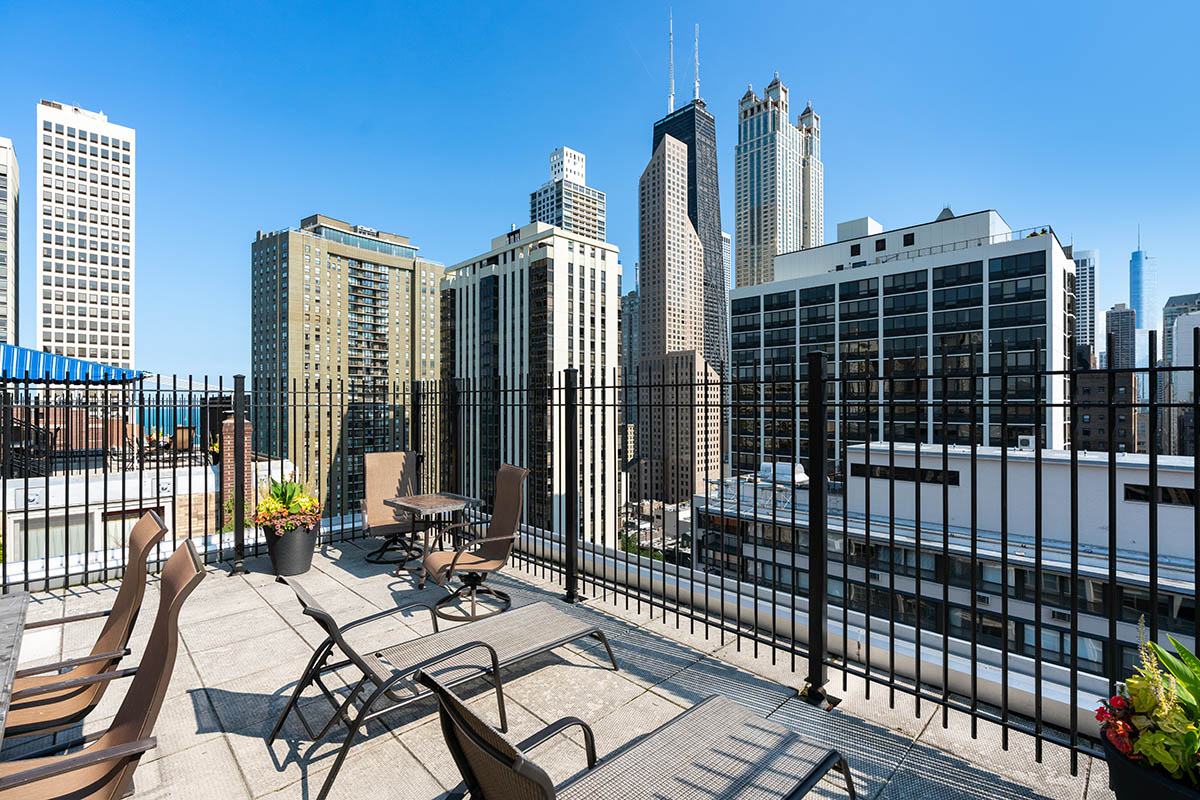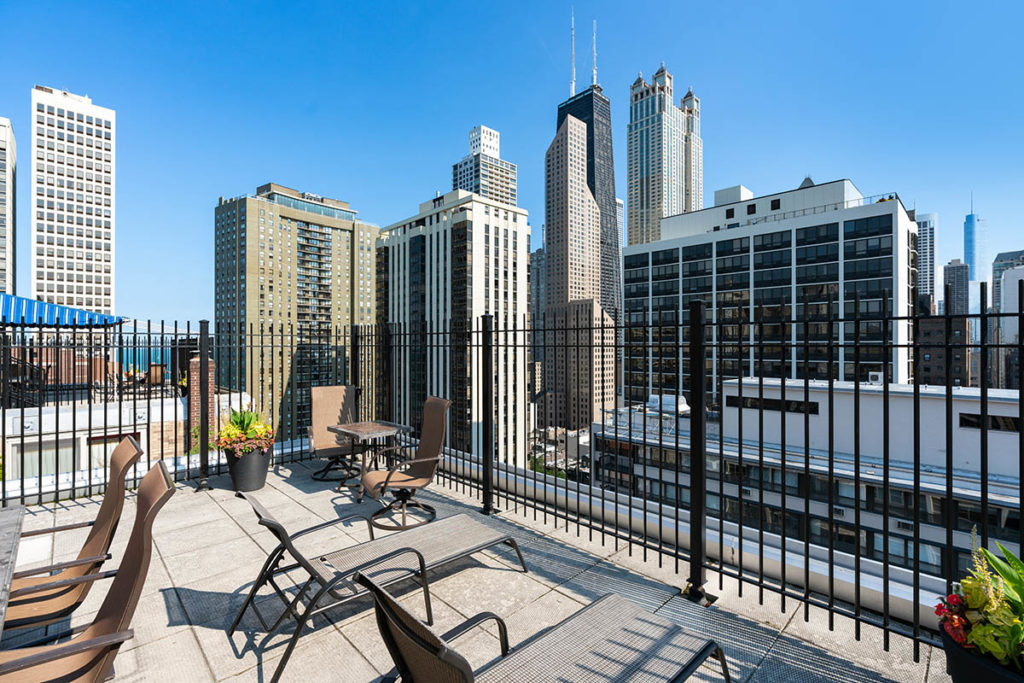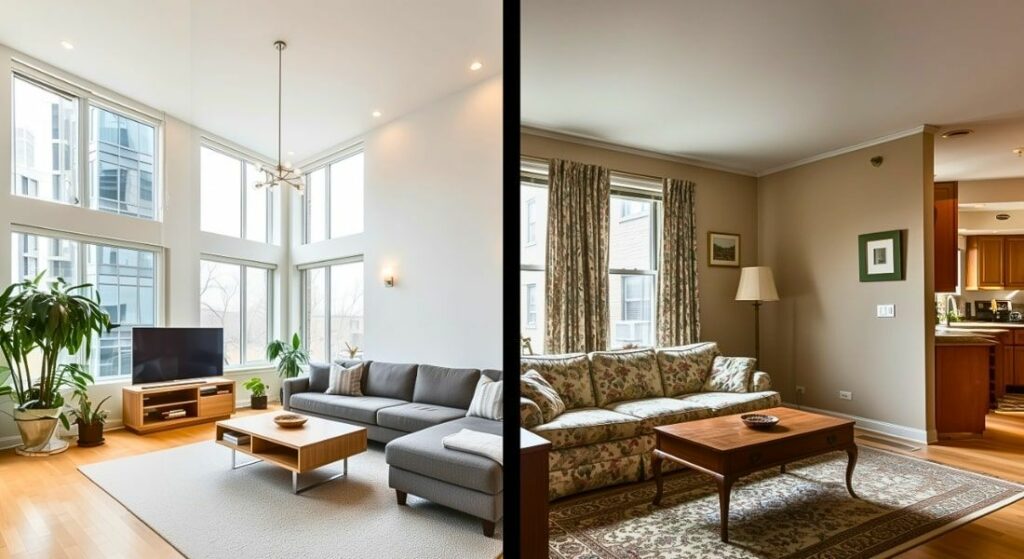Multifamily Market and the Pandemic


From single family homes in the suburbs to loft apartments downtown, there’s no part of the real estate industry that hasn’t seen major change due to COVID-19. And in most cities, multifamily housing has become somewhat of a conundrum in 2020. Some suggest that long-term city dwellers are migrating to the suburbs for more space, but we don’t think Chicago condominiums and apartments are going anywhere, even with COVID. So what should you expect with the multifamily market and the pandemic?
There’s no question that COVID-19 has affected the rental markets. However, a recent report actually shows that Chicago’s multifamily market was among best-performing metros during the pandemic, the Windy City ending up in the top 10 cities in maintaining rent growth. But whether it’s concerning renters or homeowners, multifamily housing may actually be growing in popularity due to trends from COVID as well.
Many renters and buyers are attracted to multifamily residences for the extensive amenity spaces, and the sense of community that comes with them. And these might be more in demand post-COVID; features such as working spaces and at-home gyms are increasingly hot commodities. Moving forward — on top of physical amenities — many might be looking for the emotional connections that come with living within a tight-knit community. A recent article from Chicago Magazine highlights this theory; activities, interest groups and events help forge human connections in a time when connection feels challenging. As we continue to work through the pandemic, any lifestyle or effort that combats feelings of isolation is going to attract residents, especially those who may be new to the city and without a close circle of friends or family.
Ultimately, making a place your home also depends on connecting with the people around you. If the multifamily market adjusts to these new needs of community, we think the demand will be as high as ever in the future.
Photo from 40 E. Cedar





